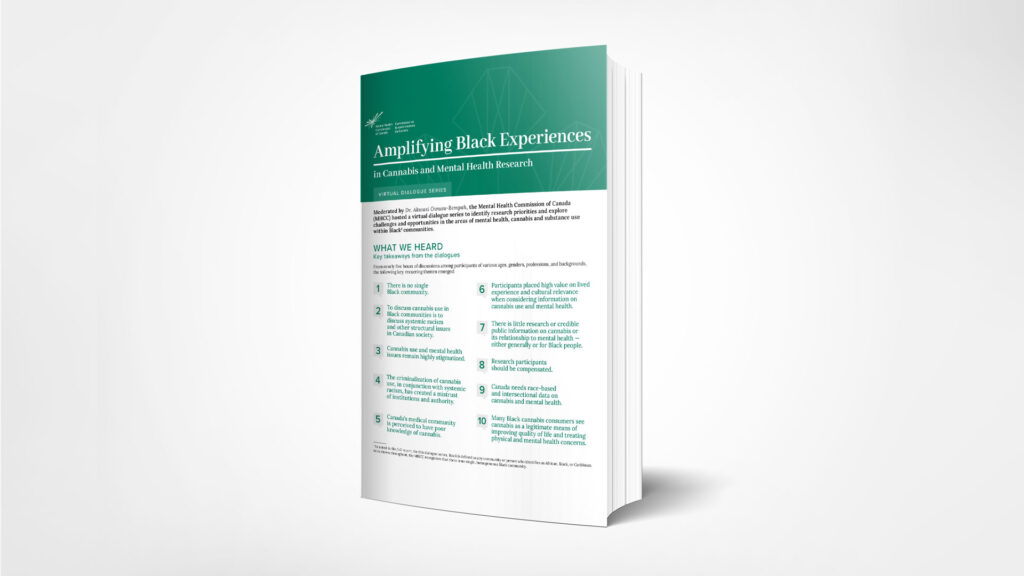
Rural and remote communities and suicide Fact Sheet
This resource was published in 2022. The data may be out of date. Suicide rates are higher in Canada’s rural areas (Hirsch & Cukrowicz, 2014;
If you are in distress, you can call or text 988 at any time. If it is an emergency, call 9-1-1 or go to your local emergency department.

This resource was published in 2022. The data may be out of date. Suicide rates are higher in Canada’s rural areas (Hirsch & Cukrowicz, 2014;

This resource was published in 2022. The data may be out of date. Suicide in Canada is an ongoing public health crisis. While it continues

Purpose This policy brief provides an overview of the developing issues and unique mental health and substance use challenges that COVID-19 poses for rural and

This resource was published in 2022. The data may be out of date. Moderated by Dr. Akwasi Owusu-Bempah, the Mental Health Commission of Canada (MHCC)

The Virtual Dialogue Series summarized in this report focused specifically on the experience and perspectives of Black communities. It engaged about 50 individuals, including researchers, service providers, and people with lived experience in open discussions about where and why research gaps exist, what the barriers might be, and which high-priority topics should be pursued. The dialogues took a distinctions-based approach, recognizing that, while various communities may have similar experiences that overlap, all have their own unique needs.

In 2021, WestJet teamed up with the Mental Health Commission of Canada to introduce The Working Mind (TWM) to their leaders. TWM is an evidence-based program designed to promote mental health and reduce the stigma around mental illness in the workplace.

This resource was published in 2022. The data may be out of date. A PowerPoint overview of the Quality Mental Health Framework to help raise

If the pandemic has left you feeling worried, sad, or overwhelmed, you are not alone. You’ve been asked to adapt to a new way of
In this 60-minute webinar, we discuss the mental health impacts of the pandemic on incarcerated populations and correctional settings, as well as recommendations on ways